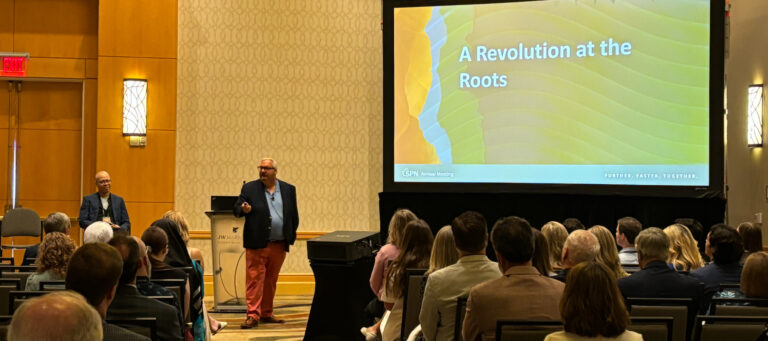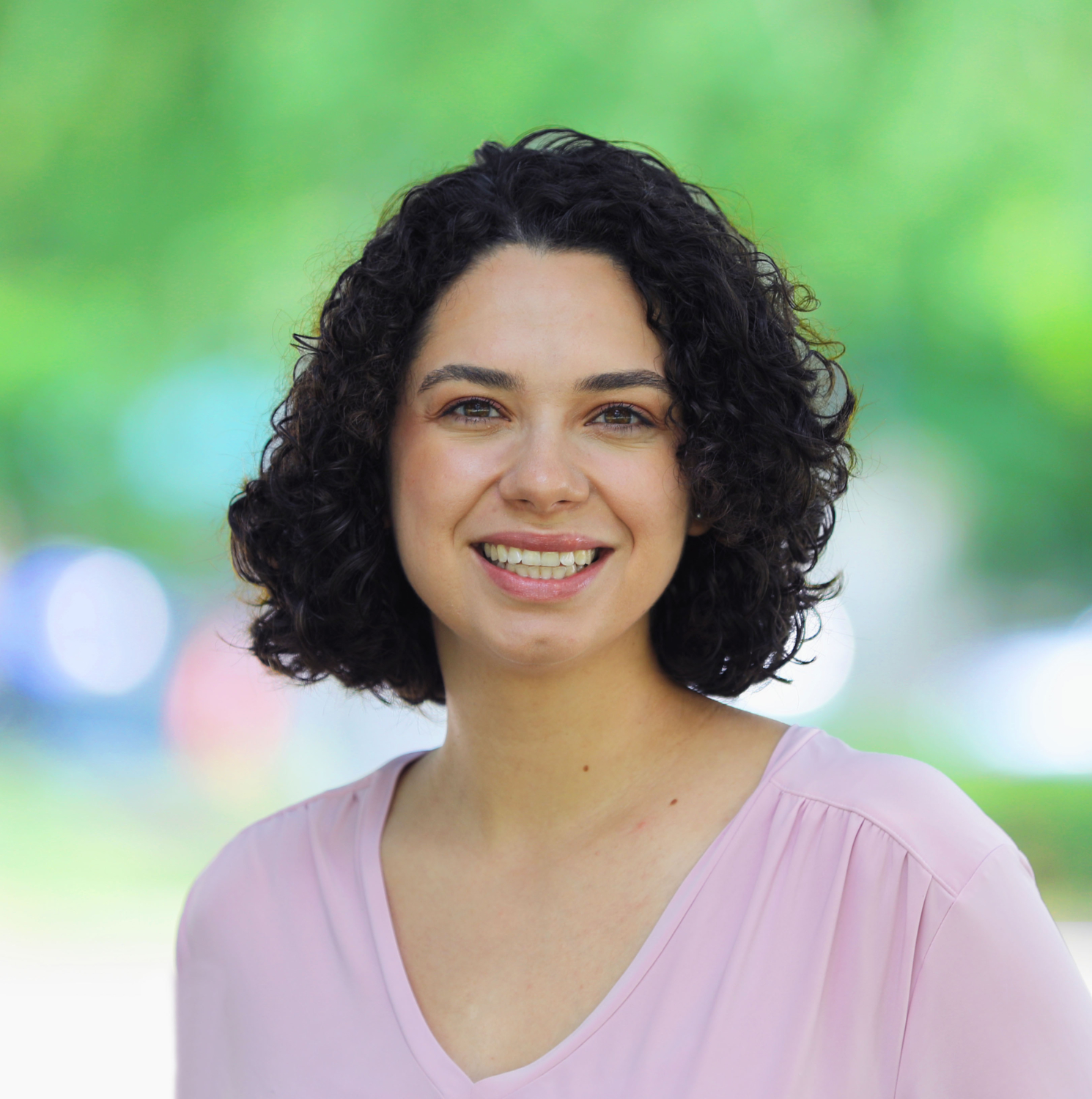Was 2023 Really the Year of Universal Choice?
2023 was a monumental year for school choice in America as the number of states with universal or near-universal private school choice programs grew exponentially. But was 2023 really the year of universal choice? Did the expanding choice landscape really unleash the transformative potential of choice? That was the topic of one of the strategic discussions at the State Policy Network Annual Meeting.
EdChoice President and CEO Robert Enlow joined Derrell Bradford, President of 50CAN, a national education advocacy organization, to reflect on the advancements made in 2023 and ask, are we doing enough? And what does universality really look like?
Enlow kicked off the conversation touching on how the pandemic became the conduit for school choice expansion.
“There’s been a revolution in the last five years. It’s a revolution 27 years in the making that was supercharged because of the pandemic. It’s a revolution driven by parents. For 25 years or so, we were trying to pass as big as policies as possible, and we were making progress, but the pandemic came along and changed the nature of what’s going on in America,” Enlow said.
In 2023, policymakers in 40 states debated 111 educational choice bills—79% of which related to ESAs. According to the founder of EdChoice, Milton Friedman: “Our goal is to have a system in which every family in the U.S. will be able to choose where their children will go.” And, as of 2023, we’ve been largely successful. Over 20 million students or 40% of students nationwide are eligible for a private choice program.
“We had a wonderful year of creating programs with universal eligibility,” said Enlow. “But, when you think about how poorly the implementation is going, we have to look back to Dr. Friedman and ask: What did Milton say about universal options? And what does Milton say about universal funding? The real goal of our work is a competitive educational industry to radically transform K–12 education. As we look at this movement, 2023 was the year of universal eligibility. But did we get any closer to a radically transformed system of K–12 education? And are we getting there? And if not, then what do we need to do with that?”
Enlow went on to describe several definitions to reshape how we think about universality: universal usage; universal eligibility; and universal funding. Usage is determined by how broadly families can use funds from choice programs. Of the 33 states that have private school choice programs, 17 states have programs with universal usage for families.
To be considered a program with universal eligibility program, all K−12 students in a state must qualify for participation by statute. Currently, 13 states have programs that meet the criteria for universal eligibility. And programs considered universally funded are those that are not funded by an annual or biannual appropriation. Programs in 18 states plus the territory of Puerto Rico are universally funded.
However, only four states: Arizona, Arkansas, Florida, and West Virginia meet all three universality criteria. Only four get anywhere close to Milton Friedman’s vision of a competitive educational marketplace for families.

Robert Enlow and Derrell Bradford speak at the State Policy Network Annual Meeting.
Derrell Bradford explored the evolving concept of education choice, moving from a traditional “school choice” model to a broader, more complex understanding of how families consume education. As Bradford pointed out, “We used to talk about school choice as, the government gives you a seat, and we want you to be able to get a different seat if that seat doesn’t work for you.” However, the conversation has shifted, and “now we have education choice, in which buying a seat is one part of that, but not the only part.”
Bradford highlighted the different ways families now access education, referencing options like combining multiple learning platforms through ESAs, and hybrid or homeschooling models. The challenge now, he said, is ensuring that finance systems support these diverse approaches. He raised an important question: “If you have to have supply, demand and information, and you have this change in consumption, which I think is actually incredibly important to all of this, then you have to have a finance system that actually enables public payments. And that is this universal question. Are we trying to actually create a marketplace where we can drive the price down and create options for families?” I think that’s a question we have to answer.”
He also emphasized that policies must be designed so that enough people can benefit quickly enough that they cannot be dismantled easily, as seen in Illinois when its tax credit scholarship program was “allowed to sunset.”
The conversation also touched on the tension between charter and private schools. With charter schools expanding in many states, private schools are becoming more nervous. As Bradford noted, “Charters are booming, and the charter world is attracting more authorizers. Private schools… they don’t like ESA laws because they see them as competition.” Despite these tensions, he stressed the need for collaboration between sectors: “They need each other, because neither of them is big enough as a political constituency alone.”
Robert Enlow emphasized that education reform should transcend short-term partisan goals. “If we put partisan politics above good policy, we will always end up with short-term and short-sighted success,” Enlow said.
Bradford pointed out that the challenge, especially in blue states, is to have politicians do what is electorally popular. “The support for ESAs among traditional Democratic constituencies, including teachers, is through the roof. The risk is whether politicians will actually do what people want them to do. And I think that’s important.”
Enlow concluded by pointing out that the goal of this discussion was to challenge assumptions and thinking about if 2023 was really the year of “universal choice. He called for a focus on giving families sustainable choices, while using intentional messaging that builds consensus. “If your message and messenger are so toxic that at some point you can’t even be in the same room as people from the other side just because of what you’ve said and how you said it, that I think challenges us to make sure that we’re focused on both what we say and how we say it.”




